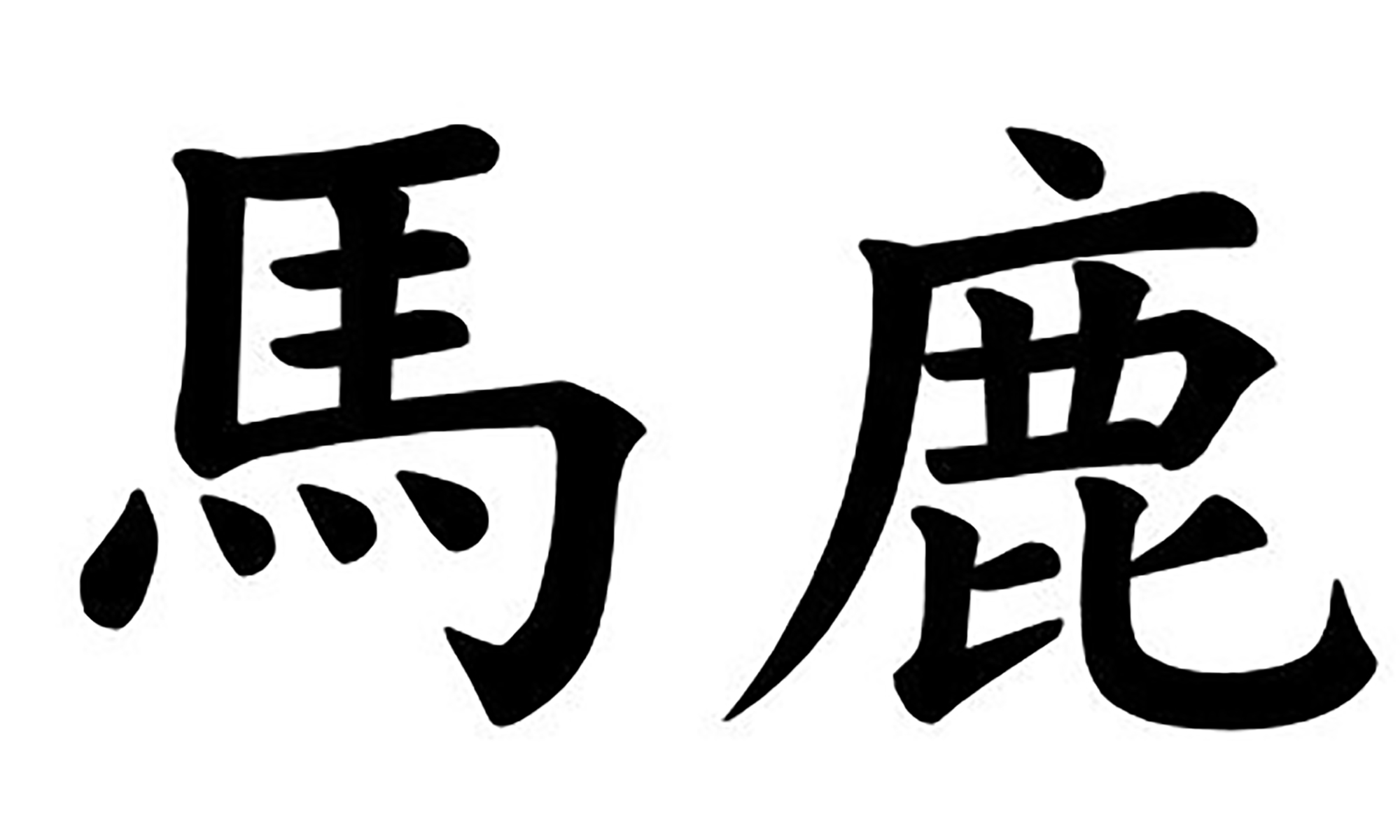A friend on Facebook indicated that he had recently acquired three new books, one of them being the first volume of Shelby Foote’s three-volume magnum opus, The Civil War: A Narrative. A mutual friend implied that it wasn’t worth reading. Of course I disagreed:
Foote remains controversial due to what the modern world considers his patriarchal attitudes about the South, slavery, and the Lost Cause. I’ve always thought he spent too much time idolizing Jefferson Davis and too little time analyzing Davis’s descent into madness, although it wasn’t really possible to hide it; Davis’s own actions spoke loudly for a diagnosis of “the King is nuts, but he’s the King, so we can’t contradict him”, even right up to the end when he was captured trying to escape the invading Union troops. I just can’t take away any other opinion of Davis, especially (and paradoxically) after reading Foote.
But I also think the work is important, and needs to be read alongside the other giants of 20th Century Civil War history. I have long subscribed to Paul Fussell’s dictum that “Understanding the past requires pretending that you don’t know the present. It requires feeling its own pressure on your pulses without any ex post facto illumination.”
Plus, his prose in and of itself is simply delightful.
And then I was going to add, but decided to let it go:
My one main annoyance with Foote is right in the middle of volume two, where he implies that Lew Armistead died on Cemetery Ridge with his hand on a Union cannon. It is at any rate the last we hear of Armistead, one of the great tragic figures of the war. That may have been Foote’s idea of artistic license, and perhaps he couldn’t bring himself to write candidly about Armistead’s death, but leaving it there did the man a great disservice; Armistead did get past the wall, did lay his hand on a Union gun (and was calling for his men to turn the guns around when he was shot), was carried from the field alive as a prisoner, and died in a Union field hospital two days later. His great friend and Masonic brother Winfield Scott Hancock had been on the other side of the battle, and was also wounded, completing the tragic circle repeated so many times during that war of brother fighting brother.
A hundred and fifty-five years later, we’re still talking and arguing about the whole thing. Amazing.

I love Foote’s prose, he makes history come alive in the manner of Barbara Tuchman or my favorite Civil War historian, Bruce Catton.
You highlight the one thing that always bothered me about Foote, his failure to see Jefferson Davis as the terrible leader he was. Keeping Braxton Bragg as commander in the west is enough evidence, but his declaration of near dictatorial power by the end of the war is proof.
I hate to say it but Catton always struck me as being more of a journeyman (as opposed to Foote being an artist), and in it for the money and the fame. His writing style kind of grates on me; one example I noted in the Facebook discussion was his two volumes that completed Lloyd Lewis’ three-volume biography of Grant that begin with Captain Sam Grant after Lewis’ death. The first volume by Lewis was great, the second and third volumes by Catton were (in my estimation) so-so, probably because he was busy with his own work at the time and finished the Lewis trilogy mostly because Lewis’ widow asked him to.
On the other hand, Catton certainly cranked them out while Foote dithered; it took Foote years to finish Volume Three, and he admitted it was because of the depression he slid into during the civil rights battle.
Foote’s problem was he was an old Southern gentleman who thought of the war, its aftermath, and the way blacks were treated for a hundred years afterward in a particularly Southern way. He mourned the Lost Cause, and while I suspect he was sympathetic to the abolition of slavery (which was going to happen anyway within another generation, because the Industrial Revolution was going to put paid to the idea of slave labor by making slave labor even more uneconomical than it already was), I also suspect he always believed in his heart of hearts that the Confederacy should have been allowed to make its own way in the world. And he was marginalized in the Gramscian march through the institutions because he dared to have an opinion that differed from the received “wisdom”. I have to give Ken Burns credit for using him as one of the historians featured in “The Civil War”.